Asia Art Archive, Hong Kong’s go-to destination for resources on art in the region, is celebrating its 20th anniversary through two simultaneous exhibitions. A report by Chitralekha Basu.
 “Portals, Stories and Other Journeys”, Asia Art Archive’s exhibition at Tai Kwun Contemporary, celebrates the personal archive of photographer Ha Bik-chuen. (PHOTO PROVIDED TO CHINA DAILY)
“Portals, Stories and Other Journeys”, Asia Art Archive’s exhibition at Tai Kwun Contemporary, celebrates the personal archive of photographer Ha Bik-chuen. (PHOTO PROVIDED TO CHINA DAILY)
It’s possible to miss some of the pieces in Asia Art Archive’s Learning What Can’t Be Taught exhibition, now showing in its library. Video installations are tucked away in between rows and rows of books and journals marked with fluorescent spine labels. Filing cabinet walls double as display boards.
The homey, informal and understated look of the show seems aligned to the ethos of its hosts.
One of Hong Kong’s premier independent resource centers for art history, AAA is probably ahead of its peers in terms of the volume of documentation and research it has accumulated. Its collection of over 100,000 records is matched by the hundreds of programs the organization has initiated, led, hosted, facilitated or supported since its founding in 2000.
AAA runs a mobile library in Nepal. It has collaborated with the Atassi Gallery toward safekeeping the archives documenting works by contemporary artists from conflict-ravaged Syria and spearheaded an ongoing initiative to connect the art histories of Africa, South and Southeast Asia. The list goes on.
And yet at the non-profit’s library cum display room in a high-rise on Hollywood Road one doesn’t quite get a sense of the man-hours spent by AAA employees (around 40 in Hong Kong, five in New Delhi), co-workers and collaborators who helped build this remarkable body of work. Evidently, the spirit embodying the space favors well-coordinated, quiet work, driven by a common purpose.
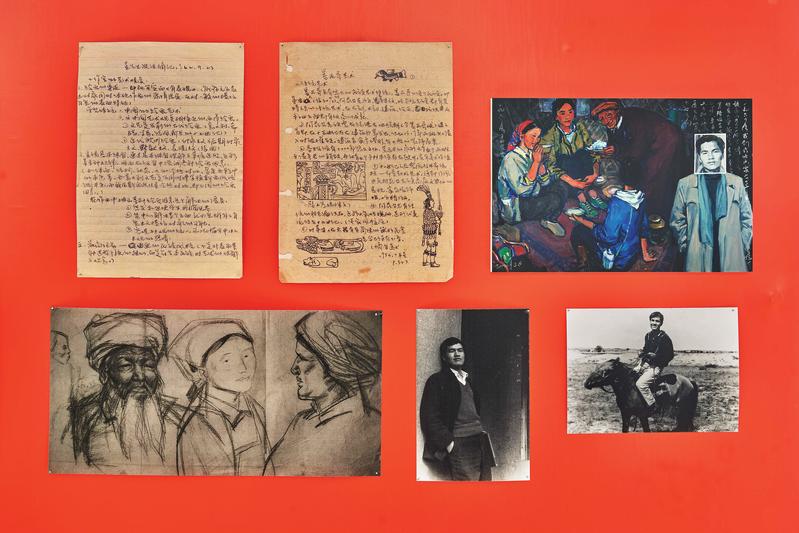 Sketches and writing by Zheng Shengtian from the early 1960s, on display at Asia Art Archive’s “Learning What Can’t Be Taught” show. (PHOTO PROVIDED TO CHINA DAILY)
Sketches and writing by Zheng Shengtian from the early 1960s, on display at Asia Art Archive’s “Learning What Can’t Be Taught” show. (PHOTO PROVIDED TO CHINA DAILY)
Layers of lived experience
AAA’s newest exhibition, “Portals, Stories and Other Journeys” at Tai Kwun Contemporary, complements the “Learning…” show by turning the spotlight on the solitary figure of the archivist — quietly beavering away in the background, often for years together, creating resources for the use of the intellectually curious.
In “Portals…” works by a group of artists — Banu Cennetolu (Istanbul), Raqs Media Collective (Delhi), Walid Raad (Beirut/New York) and Kwan Sheung-chi and Lam Wing-sze from Hong Kong — are presented as a homage to the personal archive of the sculptor, printmaker and photographer Ha Bik-chuen (1925-2009). Ha took photos of over 2,500 art exhibitions in Hong Kong, covering roughly 50 years since the 1960s. It took the archivists of AAA nearly seven years to sift through the cornucopia of photographs, press clippings and scrapbooks overflowing Ha’s studio, in order to catalogue and digitize much of the material collected in more than 600 cardboard boxes.
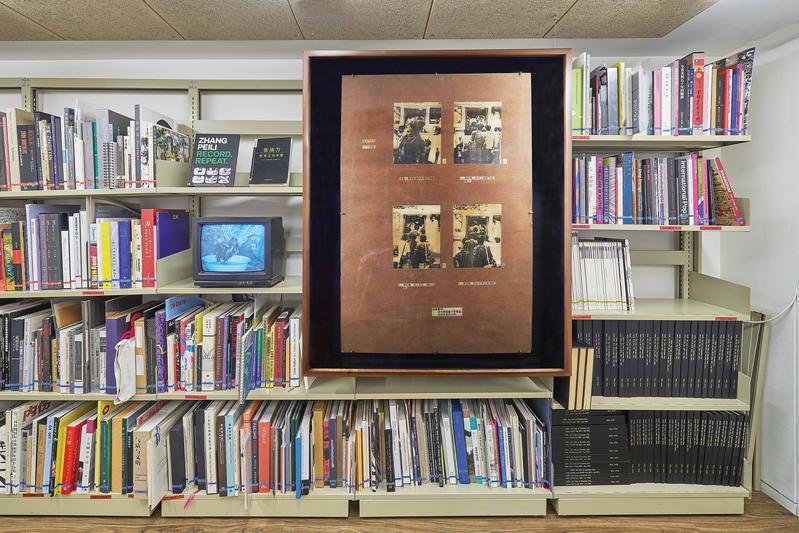 Video by Zhang Peili and artwork by Geng Jianyi from the early 1990s. On view at Asia Art Archive’s “Learning What Can’t Be Taught” exhibition. (PHOTO PROVIDED TO CHINA DAILY)
Video by Zhang Peili and artwork by Geng Jianyi from the early 1990s. On view at Asia Art Archive’s “Learning What Can’t Be Taught” exhibition. (PHOTO PROVIDED TO CHINA DAILY)
Monica Narula of Raqs Media Collective remembers finding a “palimpsest” of “extraordinary density, and juxtapositions of many layers of lived experience” in the materials crammed into Ha’s studio which the collective’s members had visited in 2016. Their first impressions resonated with their experience of living in congested Delhi. “It was as if many different temporal strata were coexisting, and not serially or in succession.”
Raqs responded to Ha’s collection with an installation comprising a loosely-draped sofa with an LED panel at the back and a slow-whirring pedestal fan.
“It’s about layers being present; under and along with more layers,” Narula explained. “The piece takes a simple mark, a material trace from Ha’s archive, and articulates it as a motif on a drape,” she said, referring to the Tyvek patches sewn onto the sofa cover to give it a worn-out look. “The light and color of the moving image express the luminosity of what one experiences in the archive — perhaps like the way a memory ‘lights up’ within. This is brought to life, made to breathe, by the breeze you expect to feel from the table fan, but encounter voices speaking instead. The spoken word weave is a reading of what we encounter in our minds when we see many of the image slides of Ha’s.”
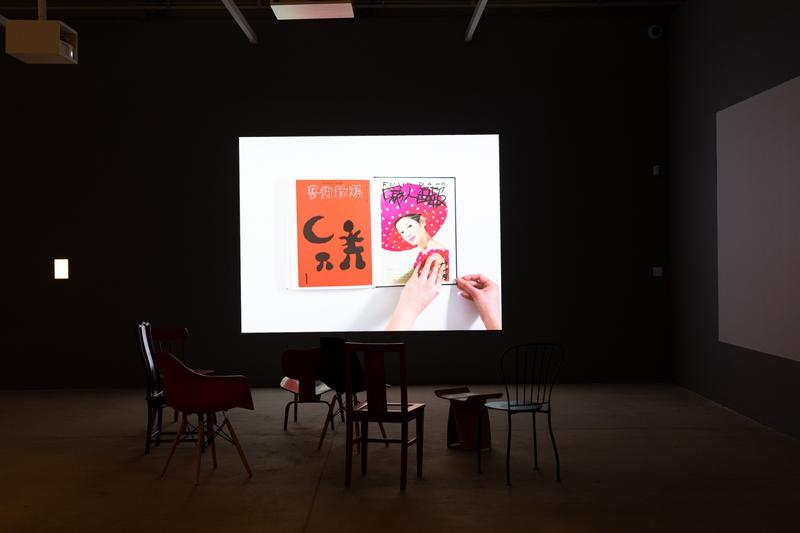 Projections of Ha Bik-chuen’s collage books at the “Portals, Stories and Other Journeys” exhibition. (PHOTO PROVIDED TO CHINA DAILY)
Projections of Ha Bik-chuen’s collage books at the “Portals, Stories and Other Journeys” exhibition. (PHOTO PROVIDED TO CHINA DAILY)
Throwback to a pre-digital era
In a way, the “Portals…” show serves as a throwback to a physical, tactile and essentially pre-digital-era in which people made collage books out of old magazines by sticking pictures and newspaper clippings on them, as Ha did.
“Deliberating on how to translate the sensibility of Ha’s physical archive into the digital sensibility that permeates our lives now” has been “the most exciting thing” about putting the show together, said curator Michelle Wong. “The tactile arrangement of the archive, like the boxes and folders he used, takes on a different experiential form with screen interfaces, video presentations etc. Materials like the contact sheets and the collage books respond to digital forms of presentation very differently,” she said.
Indeed the touch screens that allow visitors to choose and instantly enlarge a slide of their choice, and magnified images of collage books projected on the wall for collective viewing underscore the ways in which looking at art has changed since Ha’s time.
 Asia Art Archive co-founder and executive director, Claire Hsu. (PHOTO PROVIDED TO CHINA DAILY)
Asia Art Archive co-founder and executive director, Claire Hsu. (PHOTO PROVIDED TO CHINA DAILY)
Passing on a legacy
The “Learning What Can’t Be Taught” show emerged from AAA’s continued effort to critically examine pedagogy. AAA co-founder and outgoing executive director Claire Hsu said the team’s research has revealed how art schools often evolved into centers for disseminating ideas that impacted studies in other fields, creating a fraternal network of people whose lives were touched by art.
The narratives of contemporary Chinese art “usually begins after 1979 (when China adopted an) open-door policy and the China avant-garde movement in the 1980s,” Hsu says. “There is a presumption that nothing happened before that.”
“In ‘Learning…’ we wanted to explore what happened if we looked further back,” she added. “Tracing the genealogy of specific teachers and how they have shared their knowledge over different periods of time … opened up individual histories within the greater national history.”
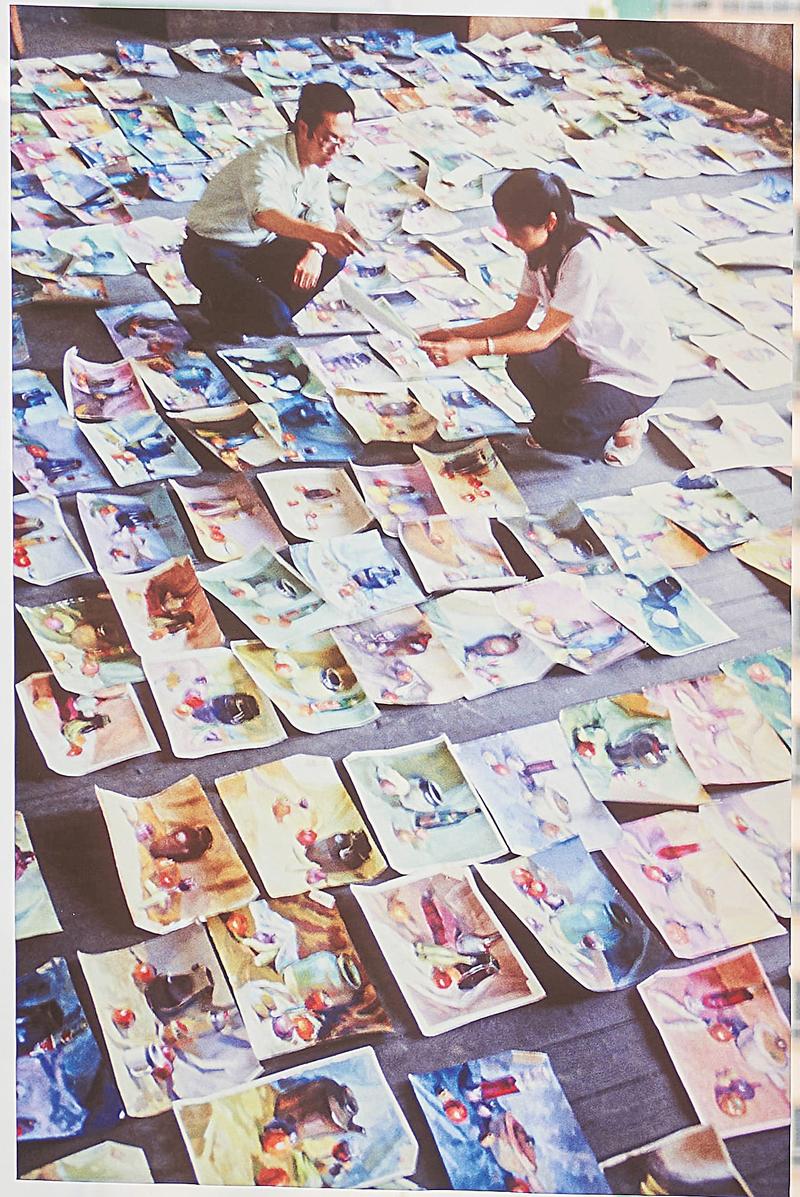 Zhejiang Academy of Fine Arts teachers get inundated by submissions after its reopening in 1977. From Asia Art Archive’s “Learning What Can’t Be Taught” show. (PHOTO PROVIDED TO CHINA DAILY)
Zhejiang Academy of Fine Arts teachers get inundated by submissions after its reopening in 1977. From Asia Art Archive’s “Learning What Can’t Be Taught” show. (PHOTO PROVIDED TO CHINA DAILY)
Geng Jianyi and Zhang Peili, who studied at Zhejiang Academy of Fine Arts in the 1980s, serve as the pivots of “Learning...” They epitomize the zeitgeist — marked by a distinct departure from the Soviet-inspired idealized portraits of working-class people preferred by their teachers’ generation, represented in the show by Jin Yide and Zheng Shengtian who went to ZAFA in the 1960s.
The exhibition follows the career trajectory of Geng, who goes from doing realistic figure studies in 1983, to producing a satirical piece by pasting scraps of public safety notices on how to board a bus on a wooden board in 1990. By 2003 he is back at his alma mater (which has since been rechristened as China Academy of Art), teaching a class in which students are asked to spend time in quiet contemplation, facing the wall.
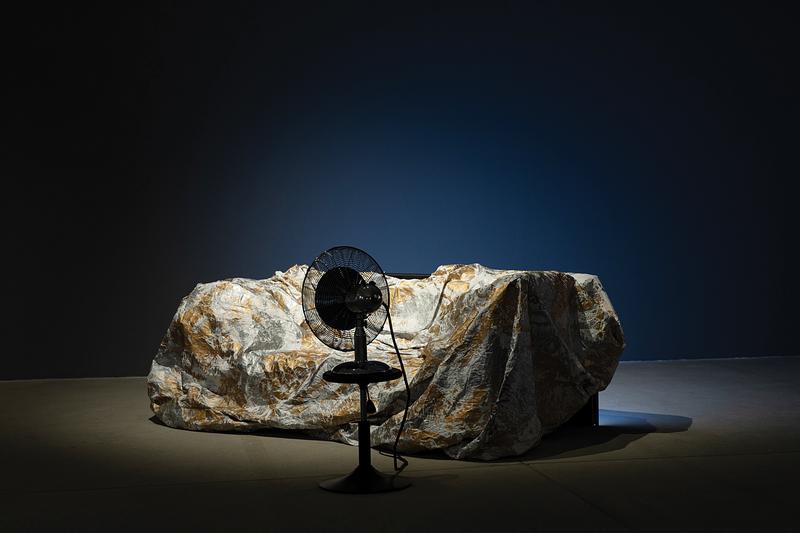 The Raqs Media Collective-created installation at the “Portals, Stories and Other Journeys” exhibition in Tai Kwun Contemporary. (PHOTO BY KWAN SHEUNG-CHI / PROVIDED TO CHINA DAILY)
The Raqs Media Collective-created installation at the “Portals, Stories and Other Journeys” exhibition in Tai Kwun Contemporary. (PHOTO BY KWAN SHEUNG-CHI / PROVIDED TO CHINA DAILY)
Interestingly, the last of these exhibits is provided by Jiang Zhuyun who, with Lu Yang, represents the artists who were taught by Geng and Zhang in the 2000s.
“The lineage between the 1950s generation and the 2000s generation might not be immediate or obvious when we only look at artworks as they explore different subject matter and different formal languages,” said co-curator of the show Ozge Ersoy. “But the lineage is evident in their artistic attitude — in other words, in their commitment to constantly search for an individual artistic language and have a sense of responsibility to cultivate the younger generations.”
One of the most poignant images in the exhibition is that of ZAFA teachers trying to sift through a pool of submissions from art school aspirants. The year is 1977. After 10 years of political turmoil and cultural churning, the universities in China are ready to reopen and the renewed appetite for art is visibly overwhelming.
The image reaffirms the fact that human beings are predisposed to expressing themselves in art at all times, perhaps especially so in times of crisis — one more reason why such stories of hope and regeneration deserve the love that archivists treat them with.
If You Go
Learning What Can’t Be Taught
Curated by Anthony Yung and Ozge Ersoy
Date: Through June 26, 2021
Venue: Library, Asia Art Archive, 11 Hollywood Centre, Hollywood Road, Tai Ping Shan, Hong Kong
Portals, Stories and Other Journeys
Curated by Michelle Wong
Date: Through August 1, 2021
Venue: Tai Kwun Contemporary, JC Cube, Tai Kwun Centre for Heritage and Arts, 10 Hollywood Road, Central, Hong Kong


